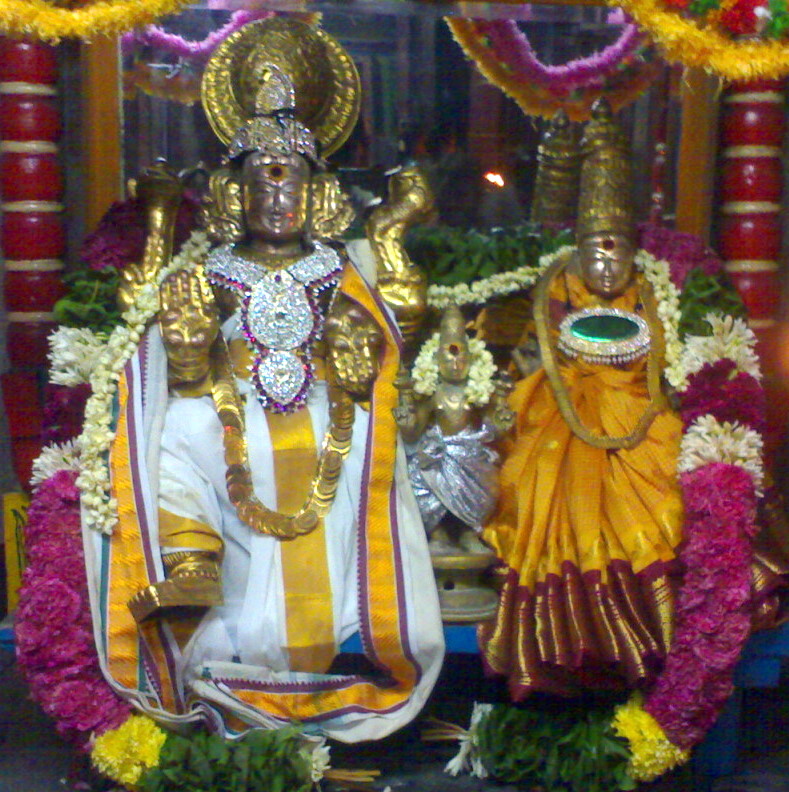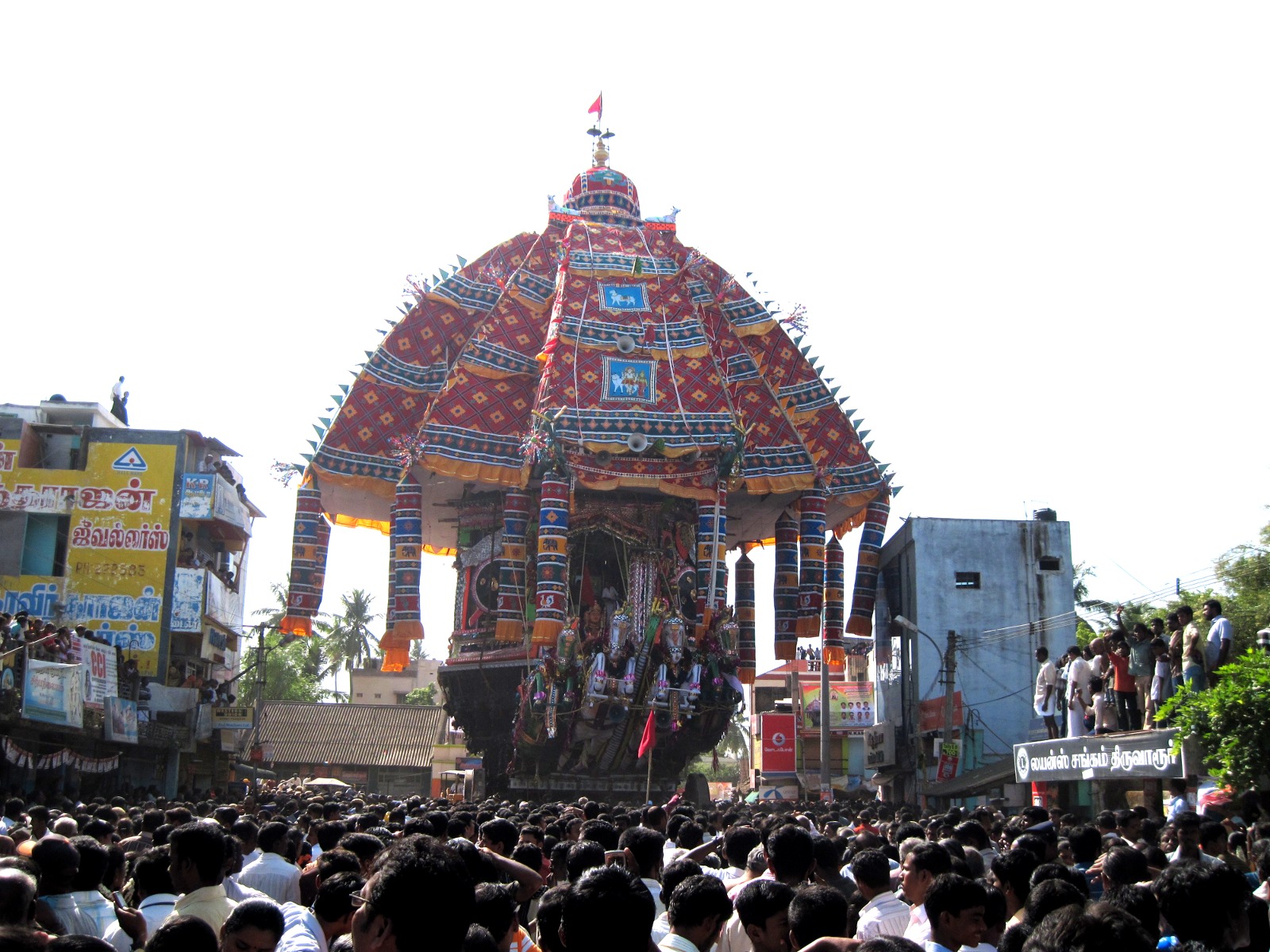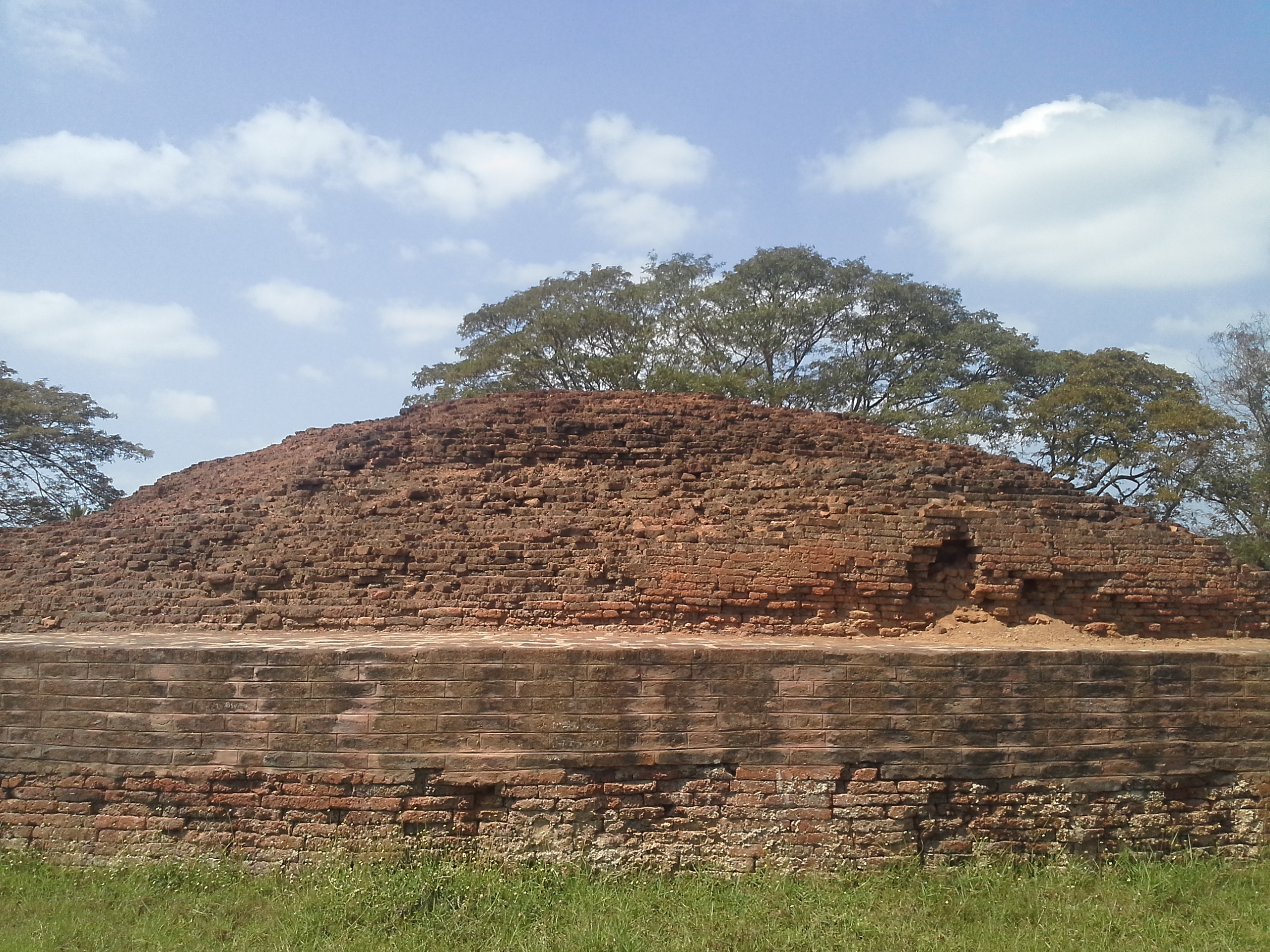|
Tyagaraja
Sadguru Tyagaraja Swami ( Telugu: సద్గురు త్యాగరాజ స్వామి; 4 May 1767 – 6 January 1847), also known as Tyagayya, and in full as Kakarla Tyagabrahmam ( Telugu: కాకర్ల త్యాగబ్రహ్మం), was a Hindu saint and composer of Carnatic music, a form of Indian classical music. Tyagaraja and his contemporaries, Shyama Shastri and Muthuswami Dikshitar, are regarded as the Trinity of Carnatic music. Tyagaraja composed hundreds of devotional compositions, most in Telugu and in praise of Rama, many of which remain popular today. Of special mention are five of his compositions called the '' Pancharatna Kritis'' ( "five gems"), which are often sung in programs in his honour. Tyagaraja composed ''Utsava Sampradaya Krithis'' ( Festive ritual compositions), which are often sung to accompany temple rituals and Divya Nama Sankeertanas ( Divine name compositions) which are sung as a part of concerts and in daily life. ... [...More Info...] [...Related Items...] OR: [Wikipedia] [Google] [Baidu] [Amazon] |
Pancharatna Kriti
The ''Pancharatna kritis'' (transliterated as ''Pañcaratna kṛti'') (Sanskrit: ''pancha'' "five" + ''ratna'' "gems") are a set of five ''kritis'' (songs) in Carnatic classical music, composed by the 18th-century Indian composer Tyagaraja. The first ''kriti'' is penned in Sanskrit while the other four ''kritis'' are penned in Telugu. The songs are: " Jagadananda karaka", "Dudukugala Nanne", "Sadhinchene", "Kanakana Ruchira" and " Endaro Mahanubhavulu". Tyagaraja and the Pancharatna Kritis Tyagaraja lived in the late 18th century and early 19th century in Tiruvaiyaru in present-day Thanjavur district in Tamil Nadu. His compositions are considered to be some of the finest in Carnatic music. Of the five ''Pancharatna Kritis'', four are in Telugu and one in Sanskrit. They are set to music in five ragas: Nata, Gaula, Arabhi, Varali and Sri. Composition The ''Pancharatna kritis'' were written in praise of the Hindu deity Rama. They are set to ''Adi Tala'' and each raga represe ... [...More Info...] [...Related Items...] OR: [Wikipedia] [Google] [Baidu] [Amazon] |
Carnatic Music
Carnatic music (known as or in the Dravidian languages) is a system of music commonly associated with South India, including the modern Indian states of Andhra Pradesh, Karnataka, Kerala, Tamil Nadu, Telangana and southern Odisha. It is one of three main subgenres of Indian classical music that evolved from ancient Hindu texts and traditions, particularly the Samaveda. (The other two are Hindustani music and Odissi music.) The main emphasis in Carnatic music is on vocal music; most compositions are written to be sung, and even when played on instruments, they are meant to be performed in ''gāyaki'' (singing) style. Although there are stylistic differences, the basic elements of (the relative musical pitch), (the musical sound of a single note), (the mode or melodic formulae), and (the rhythmic cycles) form the foundation of improvisation and composition in both Carnatic and Hindustani music. Although improvisation plays an important role, Carnatic music is mainly sung ... [...More Info...] [...Related Items...] OR: [Wikipedia] [Google] [Baidu] [Amazon] |
Trinity Of Carnatic Music
The Trinity of Carnatic Music, also known as the Three Jewels of Carnatic Music, refers to the outstanding trio of composers, composer-musicians of Carnatic music in the 18th centuryTyagaraja, Muthuswami Dikshitar, and Syama Sastri. Prolific in composition, the Trinity of Carnatic music is known for creating a new era in the history of carnatic music by bringing about a noticeable change in what was the existing carnatic music tradition.#Panikkar2002, Panikkar (2002), p44 Compositions of the Trinity of Carnatic music are recognized as being distinct in style, and original in handling ragas. All three composers were born in Thiruvarur, formerly part of Thanjavur District in Tamilnadu. M. S. Subbulakshmi, M. S. Subbalakshmi, D. K. Pattammal, and M. L. Vasanthakumari, who are carnatic musicians of the 20th century, are popularly referred to as the female Trinity of Carnatic Music. Compositions Muthuswami Dikshitar mainly composed mainly in Sanskrit and some in Manipravalam ... [...More Info...] [...Related Items...] OR: [Wikipedia] [Google] [Baidu] [Amazon] |
Muthuswami Dikshitar
Muthuswami Dikshitar (Mudduswamy Dikshitar) (, 24 March 1776 – 21 October 1835), mononymously Dikshitar, was a South Indian poet, singer, veena player, and a prolific composer of Indian classical music. He was the youngest member of what is referred to as the Trinity of Carnatic music. Muthuswami Dikshitar was born on 24 March 1776 in Tiruvarur near Thanjavur, in what is now the state of Tamil Nadu, India. He was born to a family that is traditionally traced back to Virinichipuram in the northern boundaries of the state. Dikshitar is credited with about 500 known compositions which are noted for their elaborate, poetic descriptions of Hindu gods, architectural descriptions of temples, and for capturing the essence of the raga forms through the vainika ( veena) style that emphasizes gamakas. They are composed in a slower tempo (chowka kala). He is also known by his signature name of Guruguha which is also his mudra which appears in each of his compositions. His compositions a ... [...More Info...] [...Related Items...] OR: [Wikipedia] [Google] [Baidu] [Amazon] |
Tiruvarur
Thiruvarur () also spelt as Tiruvarur is a municipality in the Indian state of Tamil Nadu. It is the administrative headquarters of Thiruvarur district and Thiruvarur taluk. The temple chariot of the Thyagaraja temple, weighing and measuring tall is the largest temple chariot in India. Thiruvarur is the birthplace of Tyagaraja, Muthuswami Dikshitar and Syama Sastri, popularly known as the Trinity of Carnatic music of the 18th century CE. Thiruvarur Thiyagarajaa Swaamy temple is older than Tanjore big temple. Thiruvarur was a part of Thanjavur district until 1991. The Odambokki river passes through the centre of the town. Thiruvarur covers an area of and had a population of 58,301 as of 2011. Out of total population of Tiruvarur, 1,403,348 in the district, 257,795 are in urban area and 1,006,482 are in rural area. 65,220 households are in urban, 261,999 are in rural area. It is administered by a selection grade municipality. The town is a part of the Cauvery delta region ... [...More Info...] [...Related Items...] OR: [Wikipedia] [Google] [Baidu] [Amazon] |
Thiruvarur
Thiruvarur () also spelt as Tiruvarur is a municipality in the Indian States and territories of India, state of Tamil Nadu. It is the administrative headquarters of Thiruvarur district and Thiruvarur taluk. The temple chariot of the Thyagaraja temple, weighing and measuring tall is the largest temple chariot in India. Thiruvarur is the birthplace of Tyagaraja, Muthuswami Dikshitar and Syama Sastri, popularly known as the Trinity of Carnatic music of the 18th century CE. Thiruvarur Thiyagarajaa Swaamy temple is older than Tanjore big temple. Thiruvarur was a part of Thanjavur district until 1991. The Odambokki river passes through the centre of the town. Thiruvarur covers an area of and had a population of 58,301 as of 2011. Out of total population of Tiruvarur, 1,403,348 in the district, 257,795 are in urban area and 1,006,482 are in rural area. 65,220 households are in urban, 261,999 are in rural area. It is administered by a Local administration in Tamil Nadu#Urban Local Bod ... [...More Info...] [...Related Items...] OR: [Wikipedia] [Google] [Baidu] [Amazon] |
Shyama Shastri
Syama Sastri ( Telugu : శ్యామ శాస్త్రి; ; 26 April 1762 – 1827) or Shyama Shastri was a musician and composer of Carnatic music. He was the oldest among the Trinity of Carnatic music, Tyagaraja and Muthuswami Dikshitar being the other two. Early life and career Syama Sastri, whose birth name was Venkata Subrahmanya, was born on 26 April 1762 in a Telugu Brahmin family. He was also known as one of the trinity of carnatic music. To later generations, he is better known by his adopted name Syama Sastri or by his musical mudra (signature) Syama Krishna. He was born in Tiruvarur, in what is now the state of Tamil Nadu. He received his instruction in the vedas, astrology, and other traditional subjects early on and learned music from his maternal uncle. He was later trained in music by Adiappayya, a noted durbar musician of Thanjavur. Although Śyāma Śastri did not compose as many ''kritis'' as his two prolific contemporaries, his compositions are ... [...More Info...] [...Related Items...] OR: [Wikipedia] [Google] [Baidu] [Amazon] |
Indian Classical Music
Indian classical music is the art music, classical music of the Indian subcontinent. It is generally described using terms like ''Shastriya Sangeet'' and ''Marg Sangeet''. It has two major traditions: the North Indian classical music known as ''Hindustani classical music, Hindustani'' and the South Indian expression known as ''Carnatic classical music, Carnatic''. These traditions were not distinct until about the 15th century. During the period of Mughal Empire, Mughal rule of the Indian subcontinent, the traditions separated and evolved into distinct forms. Hindustani music emphasizes improvisation and exploration of all aspects of a raga, while Carnatic performances tend to be short composition-based. However, the two systems continue to have more common features than differences. Another unique classical music tradition from the eastern part of India is ''Odissi music'', which has evolved over the last two thousand years. The roots of the classical music of India are found ... [...More Info...] [...Related Items...] OR: [Wikipedia] [Google] [Baidu] [Amazon] |
Tamil Nadu
Tamil Nadu (; , TN) is the southernmost States and union territories of India, state of India. The List of states and union territories of India by area, tenth largest Indian state by area and the List of states and union territories of India by population, sixth largest by population, Tamil Nadu is the home of the Tamil people, who speak the Tamil language—the state's official language and one of the longest surviving Classical languages of India, classical languages of the world. The capital and largest city is Chennai. Located on the south-eastern coast of the Indian peninsula, Tamil Nadu is straddled by the Western Ghats and Deccan Plateau in the west, the Eastern Ghats in the north, the Eastern Coastal Plains lining the Bay of Bengal in the east, the Gulf of Mannar and the Palk Strait to the south-east, the Laccadive Sea at the southern Cape (geography), cape of the peninsula, with the river Kaveri bisecting the state. Politically, Tamil Nadu is bound by the Indian sta ... [...More Info...] [...Related Items...] OR: [Wikipedia] [Google] [Baidu] [Amazon] |
Telugu Language
Telugu (; , ) is a Dravidian languages, Dravidian language native to the Indian states of Andhra Pradesh and Telangana, where it is also the official language. Spoken by about 96 million people (2022), Telugu is the most widely spoken member of the Dravidian language family, and one of the twenty-two Languages with legal status in India, scheduled languages of the Republic of India. It is one of the few languages that has primary official status in more than one States and union territories of India, Indian state, alongside Hindi and Bengali language, Bengali. Telugu is one of the languages designated as a Classical Languages of India, classical language by the Government of India. It is the 14th most spoken native language in the world.Statistics in Modern Standard Telugu is based on the dialect of erstwhile Krishna, Guntur, East Godavari and ... [...More Info...] [...Related Items...] OR: [Wikipedia] [Google] [Baidu] [Amazon] |
Andhra Pradesh
Andhra Pradesh (ISO 15919, ISO: , , AP) is a States and union territories of India, state on the East Coast of India, east coast of southern India. It is the List of states and union territories of India by area, seventh-largest state and the List of states and union territories of India by population, tenth-most populous in the country. Telugu language, Telugu is the most widely spoken language in the state, as well as its official language. Amaravati is the state capital, while the largest city is Visakhapatnam. Andhra Pradesh shares borders with Odisha to the northeast, Chhattisgarh to the north, Karnataka to the southwest, Tamil Nadu to the south, Telangana to northwest and the Bay of Bengal to the east. It has the Coastline of Andhra Pradesh, third-longest coastline in India at about . Archaeological evidence indicates that Andhra Pradesh has been continuously inhabited for over 247,000 years, from early archaic Hominini, hominins to Neolithic settlements. The earliest r ... [...More Info...] [...Related Items...] OR: [Wikipedia] [Google] [Baidu] [Amazon] |
Thanjavur
Thanjavur (), also known as Thanjai, previously known as Tanjore, Pletcher 2010, p. 195 is a city in the Indian state of Tamil Nadu. It is the 12th biggest city in Tamil Nadu. Thanjavur is an important center of southern Indian religion, art, and architecture. Most of the Great Living Chola Temples, which are UNESCO World Heritage Monuments, are located in and around Thanjavur. The foremost among these, the Brihadisvara Temple, built by the Chola emperor Rajaraja I, is located in the centre of the city. This temple has one of the largest bull statues (called Nandi) in India carved out of a single granite rock. Thanjavur is also home to Tanjore painting, a painting style unique to the region. Thanjavur is the headquarters of the Thanjavur District. The city is an important agricultural centre located in the Kaveri Delta and is known as the ''Rice bowl of Tamil Nadu''. Thanjavur is administered by a municipal corporation covering an area of and had a population of 222,943 ... [...More Info...] [...Related Items...] OR: [Wikipedia] [Google] [Baidu] [Amazon] |







